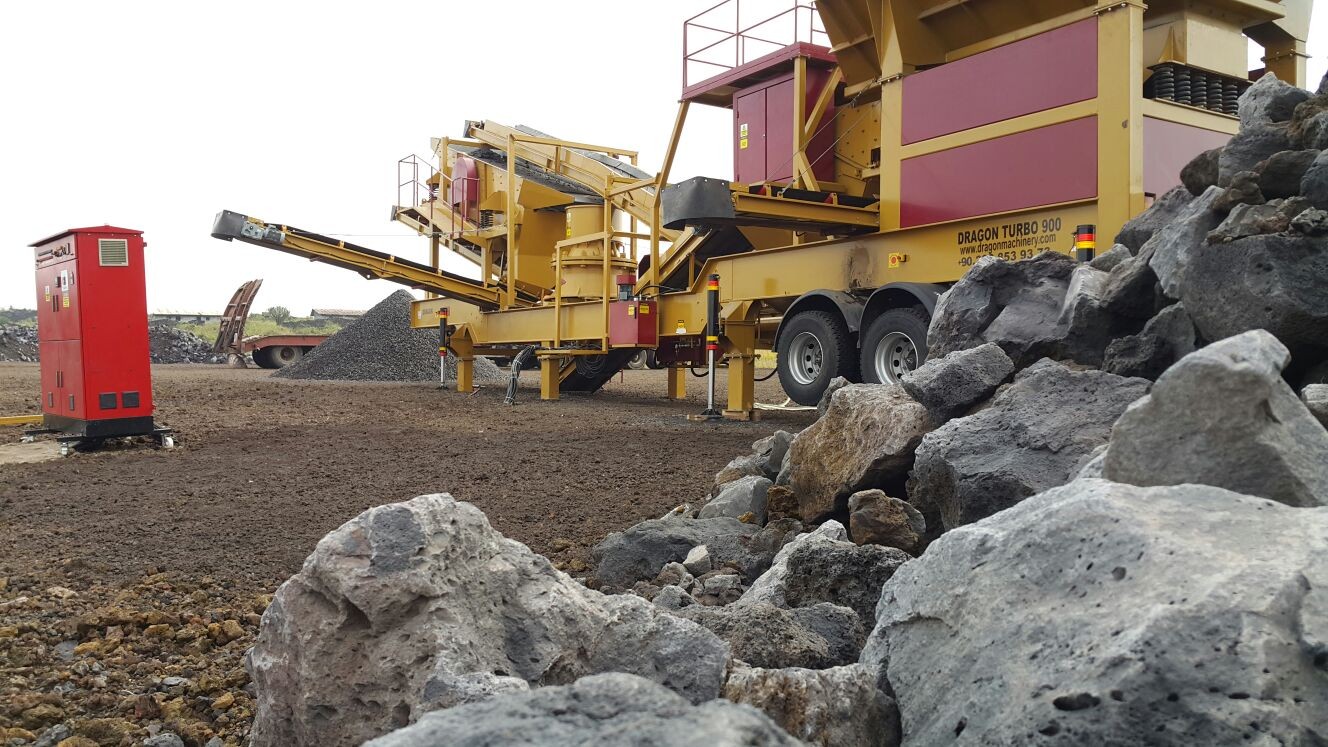Cone Crusher Sand Plant is a specialized facility designed for producing aggregates and sand, with cone crushers playing a central role. These plants crush large rocks from quarries to produce sand, gravel, and small-sized aggregates for the construction industry. Cone crushers use compression and crushing forces to break down materials into cubic and uniformly sized products.
Working Principle:
Crushing Stages:
Primary Crushing (Optional): Large rocks are reduced to 10-30 cm using jaw or impact crushers.
Secondary/Tertiary Crushing: The cone crusher processes material into 5-50 mm sizes. Material is compressed between a fixed mantle (outer shell) and a rotating conical head (inner part), breaking it into smaller pieces.
Screening and Classification: Vibrating screens separate crushed material into sand (0-5 mm), gravel (5-20 mm), or aggregates (20-50 mm).
Washing and Storage: Bucket or screw washers clean the material, which is then stockpiled or prepared for shipment.
Key Components:
Cone Crusher: High-strength steel mantle and concave.
Feeder: Vibrating feeder or belt for consistent material flow.
Screening Systems: Vibrating screens and splitters.
Sand Washing Unit: Bucket or screw washers to remove clay and dust.
Conveyor Belts: Transport materials between stages.
Advantages:
High Efficiency: Cone crushers process hard and abrasive materials with low energy consumption.
Uniform Particle Size: Cubic, low-dust aggregates enhance concrete quality.
Durability: Wear-resistant parts (mantle, concave) reduce maintenance costs.
Flexibility: Adjustable crushing gaps allow production of various sizes.
Applications:
Aggregates for concrete and asphalt.
Road base layers and railway ballast.
Precast concrete elements and plaster sand.
Decorative stone production for landscaping.
 English
English
 Le français
Le français
 Türkçe
Türkçe

